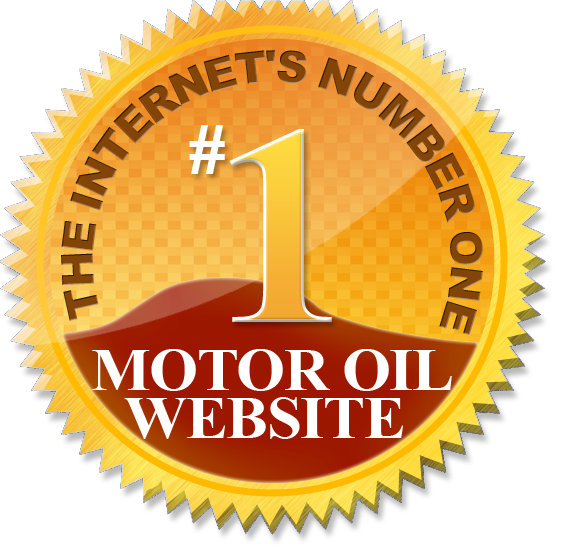Chapter Nine – Let’s start over.
We have seen that 0W-30, 5W-30, 10W-30 and straight 30 grade oils all have the exact same viscosity at 212° and 302°F. What about startup viscosities? Do 0W-20, 0W-30 , and 0W-40 all have the same viscosity at a 75°F startup. The answer is no. The SAE J300 standard allows for this discrepancy. Here are some examples:
| Oil Type | Thickness |
|---|---|
| 0W-20 | 40 |
| 0W-30 | 50 |
| 0W-40 | 60 |
The numbers are not exact but they show clearly that the ”0” represents different startup viscosities. This is unlike the 0W-30, 5W-30, 10W-30 and straight 30 grade oils that all have the exact same viscosity in a hot engine = 10 cS.
I would like to comment on the following statements made by a knowledgeable automotive enthusiast:
“Pressure and flow are tied together with viscosity, but none have anything to do with lubrication. Lubrication is a property of the fluid, not the force. The oil pump would pump water just as well, but it would offer no real lubrication. If we double the pressure, we double the flow. If you decrease the viscosity to a lighter oil, you increase flow at a loss of pressure. High flow helps to carry away more heat. High pressure helps to keep metal parts like the bearings out of contact with each other (scuffing).”
Here is one example. Take an air conditioner closed bearing compressor for your home’s A/C unit. Put a nipple on the bearing at one end of the shaft. Now pressurize the bearing. It will do nothing extra to reduce wear, nothing.
I give you the following example to help visualize what is happening with motor oil. This assumes the oil has no internal resistance. In actuality doubling the pressure will not double the flow but will be slightly less. And thicker oils have more resistance than thinner oils for all situations. But simplified we get the following:
| RPM | Pressure (PSI) | Flow |
|---|---|---|
| 1,000 | 20 | 1 |
| 2,000 | 40 | 2 |
| 4,000 | 80 | 4 |
| 8,000 | 160 | 8 |
| RPM | Pressure (PSI) | Flow |
|---|---|---|
| 1,000 | 30 | 1.5 |
| 2,000 | 60 | 3 |
| 4,000 | 120 | 6 |
| 8,000 | 240 | 12 |
*Higher output oil pump
If we stick with the same grade oil and increase the oil pump output we will increase the pressure and the oil flow too. If we double the oil pump output we will double the pressure and we will double the oil flow (in an ideal system). But we are always limited by the oil relief valve:
| RPM | Pressure (PSI) | Flow |
|---|---|---|
| 1,000 | 40 | 2 |
| 2,000 | 80 | 4 |
| 4,000 | 160 | 8 |
| 8,000 | 320 | 16 |
*Higher still output oil pump
Let us compare a 40 grade oil at operating temperature:
The oil is thicker, has more internal resistance and therefore requires more pressure to get the same flow (baseline engine).
| RPM | Pressure (PSI) | Flow |
|---|---|---|
| 1,000 | 30 | 1 |
| 2,000 | 60 | 2 |
| 4,000 | 120 | 4 |
| 8,000 | 240 | 8 |
| RPM | Pressure (PSI) | Flow |
|---|---|---|
| 1,000 | 45 | 1.5 |
| 2,000 | 90 | 3 |
| 4,000 | 180 | 6 |
| 8,000 | 360 | 12 |
*Higher output oil pump
| RPM | Pressure (PSI) | Flow |
|---|---|---|
| 1,000 | 20 | .5 |
| 2,000 | 40 | 1 |
| 4,000 | 80 | 2 |
| 8,000 | 160 | 4 |
*Original pressures
Increasing the pressure while using the same oil will increase the oil flow but increasing the pressure by increasing the oil thickness will result in less flow. It takes more pressure to move a thicker oil. When you go to a thicker oil the pressure goes up because of the increased resistance, and therefore reduction of flow. Because the pressure is higher sooner, the relief valve cuts in sooner. Flow will actually be less when the RPM is up and the flow is needed the most.
There is more to these graphs but I will continue with the next chapter.
Furthermore, in review, pressure does not equal lubrication. Let us look again at a single closed “lifetime lubricated” bearing. We could hook up a system to pressurize the bearing. This can actually be done. We could have the oil at ambient pressure. We could then double, triple, quadruple the pressure of the oil. The oil is non-compressible. Regardless of the pressure we would have the exact same lubrication, that of the ambient pressure lubrication.
The physics of lubrication as I said earlier show a 1:1 relationship of flow to separation pressure. Lubrication itself is pressure independent. I will not go into the mathematical equations for this.
Even water can be used as a lubricant. This is partly because of its high surface tension. It is used in many medical devices and other systems that are under or exposed to water. It is just that water rusts metal parts making this unsuitable for automotive engines. It actually has a higher specific heat than oil. It can therefore carry away more heat than oil from bearing surfaces. In this respect water is a better lubricant than oil.
Chapter Eight

